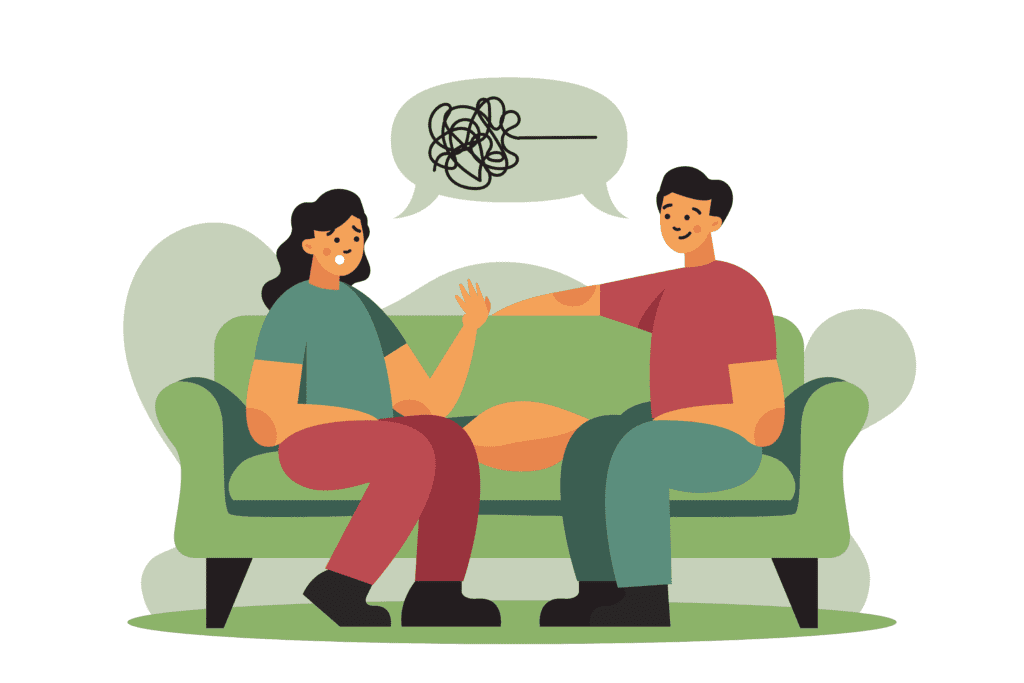Stumbling upon your therapist in a social setting can evoke emotions and raise questions about navigating the encounter while maintaining confidentiality and respect. In this article, we’ll explore various approaches to handling this scenario, emphasizing the importance of communication, respect for boundaries, mutual agreement on protocols and what to do if you meet your therapist in a social setting.
The Initial Shock
Imagine finding yourself at a local event or coffee shop, only to spot your therapist across the room. The initial shock of seeing them outside of the therapy room can be surprising and even unsettling. You might feel a mix of emotions, from surprise and curiosity to anxiety about how to proceed.
Navigating the Encounter
When encountering your therapist in a social setting, there are several approaches you might consider. Some may choose to acknowledge their therapist with a friendly greeting or nod, while others might opt for discretion and pretend not to recognize them. Both approaches are valid and depend on personal comfort levels.
Discussing with Your Therapist
One of the most constructive ways to navigate this situation is through open communication with your therapist. By discussing the possibility of chance encounters during therapy sessions, you can establish a clear protocol that respects both your confidentiality and professional boundaries. Together, you can address questions such as how to acknowledge each other, what topics are appropriate for discussion, and how to manage any discomfort.

Setting Clear Expectations
Agreeing on a protocol with your therapist helps set clear expectations for how to handle chance encounters in social settings. This may involve deciding whether to acknowledge each other with a simple greeting or maintain discretion, as well as establishing boundaries around conversation topics. By having a plan in place, you can feel more prepared and empowered to navigate the encounter confidently.
Respecting Boundaries and Privacy
Regardless of the approach you choose, it’s crucial to respect both your own boundaries and those of your therapist. Avoid discussing personal or therapeutic matters in a social setting, as this can compromise confidentiality and professionalism. Instead, focus on maintaining a respectful distance and engaging in light, neutral conversation if appropriate.
Reaffirming Trust and Collaboration
Addressing the possibility of chance encounters with your therapist reinforces the importance of trust and collaboration in the therapeutic relationship. By openly discussing your concerns and preferences, you reaffirm your commitment to mutual respect and understanding. This proactive approach can strengthen the bond between you and your therapist and enhance the therapeutic process.
Conclusion
Meeting your therapist in a social setting can be a surprising and potentially challenging experience, and knowing what to do if you meet your therapist in a social setting is important. However, approaching the encounter with mindfulness, respect, and open communication allows you to navigate it with grace and integrity. Whether you acknowledge your therapist or maintain discretion, the key is prioritising confidentiality, respecting boundaries, and reaffirming trust in the therapeutic relationship. Doing so can transform a chance encounter into an opportunity for growth and reinforcement of the therapeutic alliance.
Ready to begin? Start your online therapy journey today. Book your first session now.




